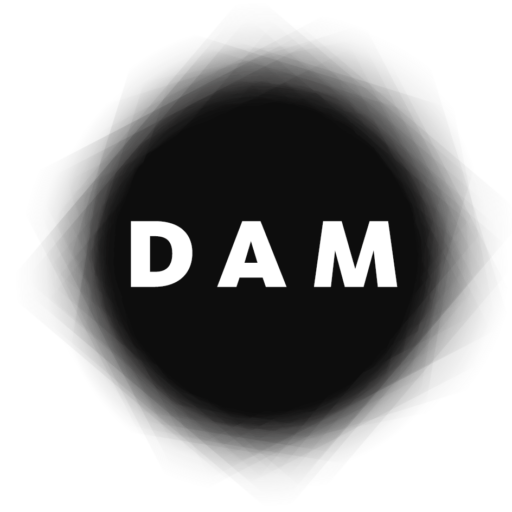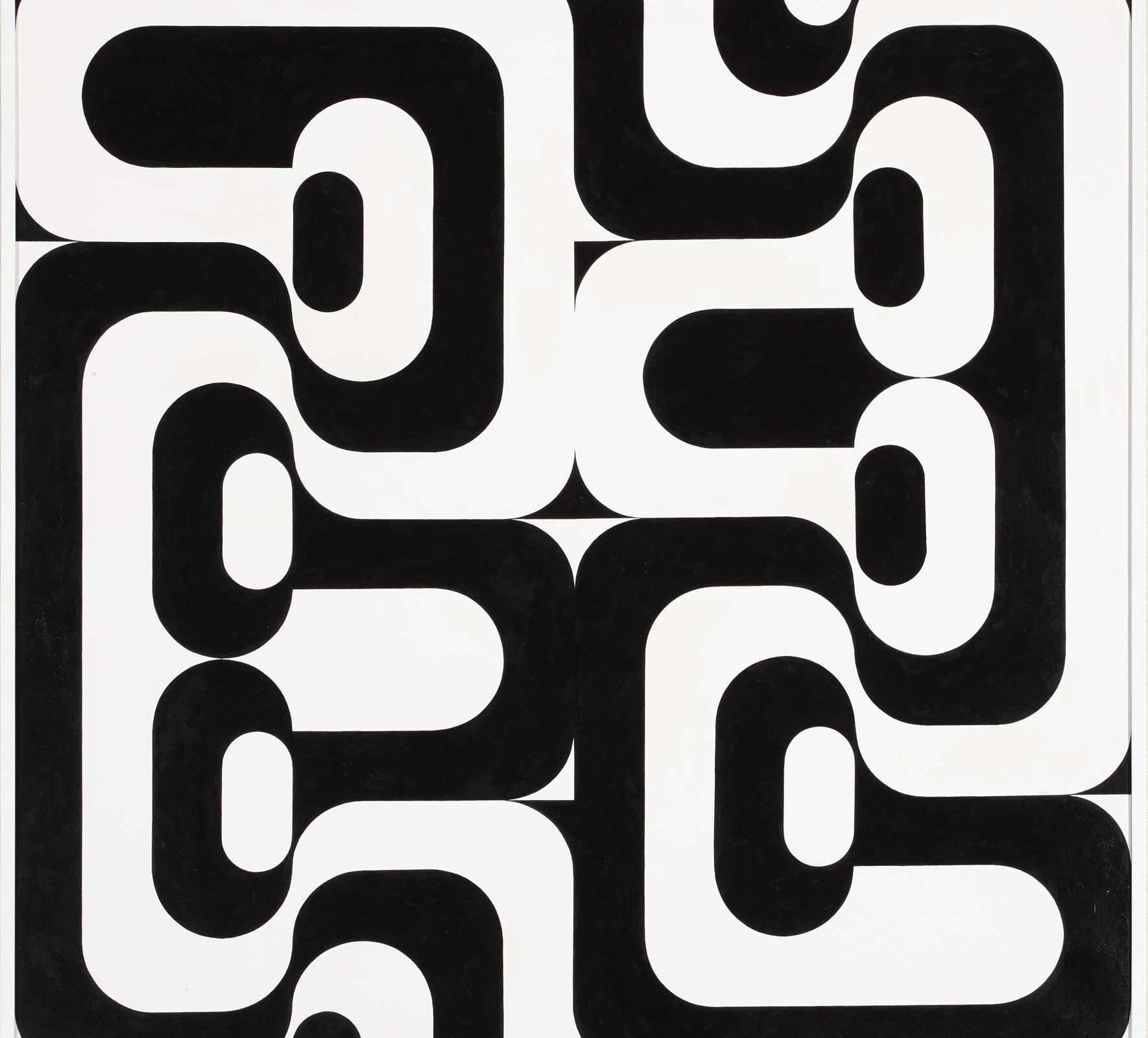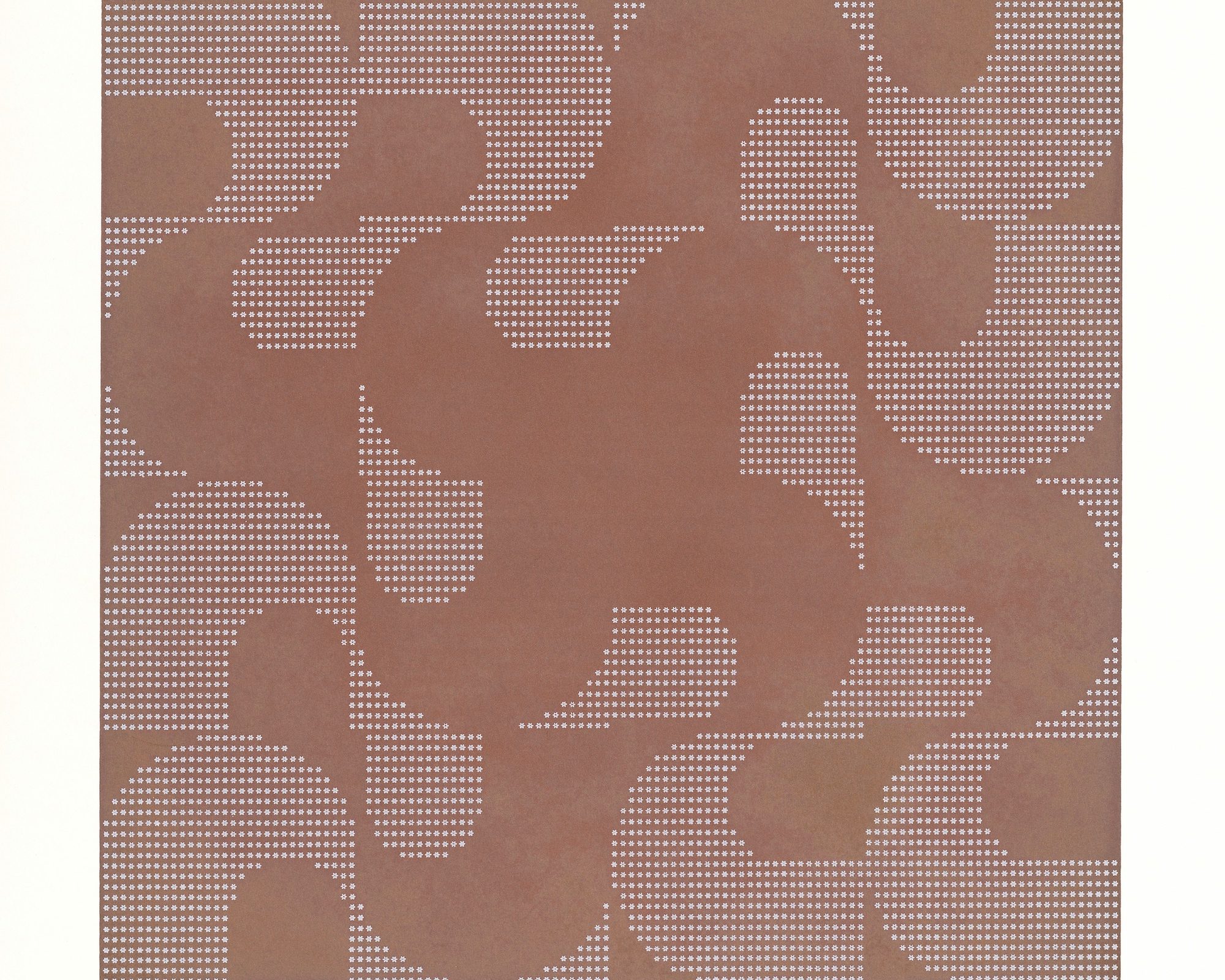
Barbadillo was the first Spanish artist who used a computer in his work. In 1968, he took part in the seminar on automatic generation of visual forms at the Centro de Cálculo de la Universidad de Madrid (CCUM), a pioneering computer lab. He was deeply influenced by Norbert Wiener’s writings on cybernetics, which he applied to a methodically homogeneous body of work.
Further reference
Manuel Barbadillo at Museo Nacional Centro de Arte Reina Sofía
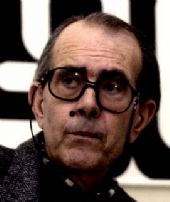
Cazalla de la Sierra, 1929 – Torremolinos, 2003 (Spain)
Manuel Barbadillo’s formative years were spent in the studios of artists José Arpa Perea and Emilio García Ortiz, as well as the Escuela de Artes y Oficios (School of Fine Arts) in Seville, between 1941 and 1953. After graduating from law school, he moved to Morocco (1955-57), where his work gradually evolved from figurative to abstract, partly due to the influence of Islamic art. In 1959, he moved to New York, where he stayed until 1962. In this period, his work was initially dominated by the influence of abstract expressionism, with a strong dominance of color, but over time became monochrome and more structured. This is again because of the influence of the cultural environment and lead to compositions characterized by symmetry and the use of recurrent patterns.
Since 1963, Barbadillo adopted geometric abstraction and focused on the use of modular elements, partly influenced by Norbert Wiener’s Cybernetics and Society. Wiener’s book set the conceptual basis for his work from this moment on. His career can be described as developing in four stages. In the first stage (1964-68), the artist used a single, U-shaped module with which he explored serialization and rhythm. He also created “macro-modules” by combining several modules in a single structure, that is then repeated. By this time, Barbadillo was working strictly with black and white compositions. In the second stage (1968-79), he introduced a four-module system and began working with computers at the Centro de Cálculo de la Universidad de Madrid (CCUM), a pioneering computer lab founded in 1966. The CCUM had an IBM 7090 mainframe computer, an IBM 1401 decimal computer, and a printer. Among the activities of the lab, the seminar on “automatic generation of visual forms” was a groundbreaking program attended by computer scientists, engineers, architects, and artists. Barbadillo took part in the seminar from the very beginning, incorporating the use of computers in his work since then. However, by the end of this stage he suffered from a personal crisis and temporarily withdrew from his work.
In the third stage (1979-1984), the development of the personal computer reinvigorated Barbadillo’s interest in the work he developed at CCUM, now able to carry it out with greater independence. He broke down the previously developed modules into two basic shapes, which were placed independently in visual compositions that incorporated color. Later on, these shapes were grouped again in a set of five different modules. In the fourth stage and final stage of his career (1984-2003), Barbadillo continued to develop different combinations of modules, with the computer always present but, as pointed out by art historian Enrique Castaños Alés, intervening as “an auxiliary instrument of creation,” rather helping consolidate the shapes and compositions that the artist had in mind than creating new ones.
Manuel Barbadillo was a member of the Computer Arts Society and the Gesellschaft für Computer Grafik und Computer Kunst (Munich). His work has been exhibited in numerous individual and group exhibitions in Spain, France, the United Kingdom, Austria, Belgium, Croatia, the United States of America, Brazil, Canada, Mexico, and Japan. It is part of the collections of Museo Nacional Centro de Arte Reina Sofía, Centro Andaluz de Arte Contemporáneo, and many other institutional and private collections.
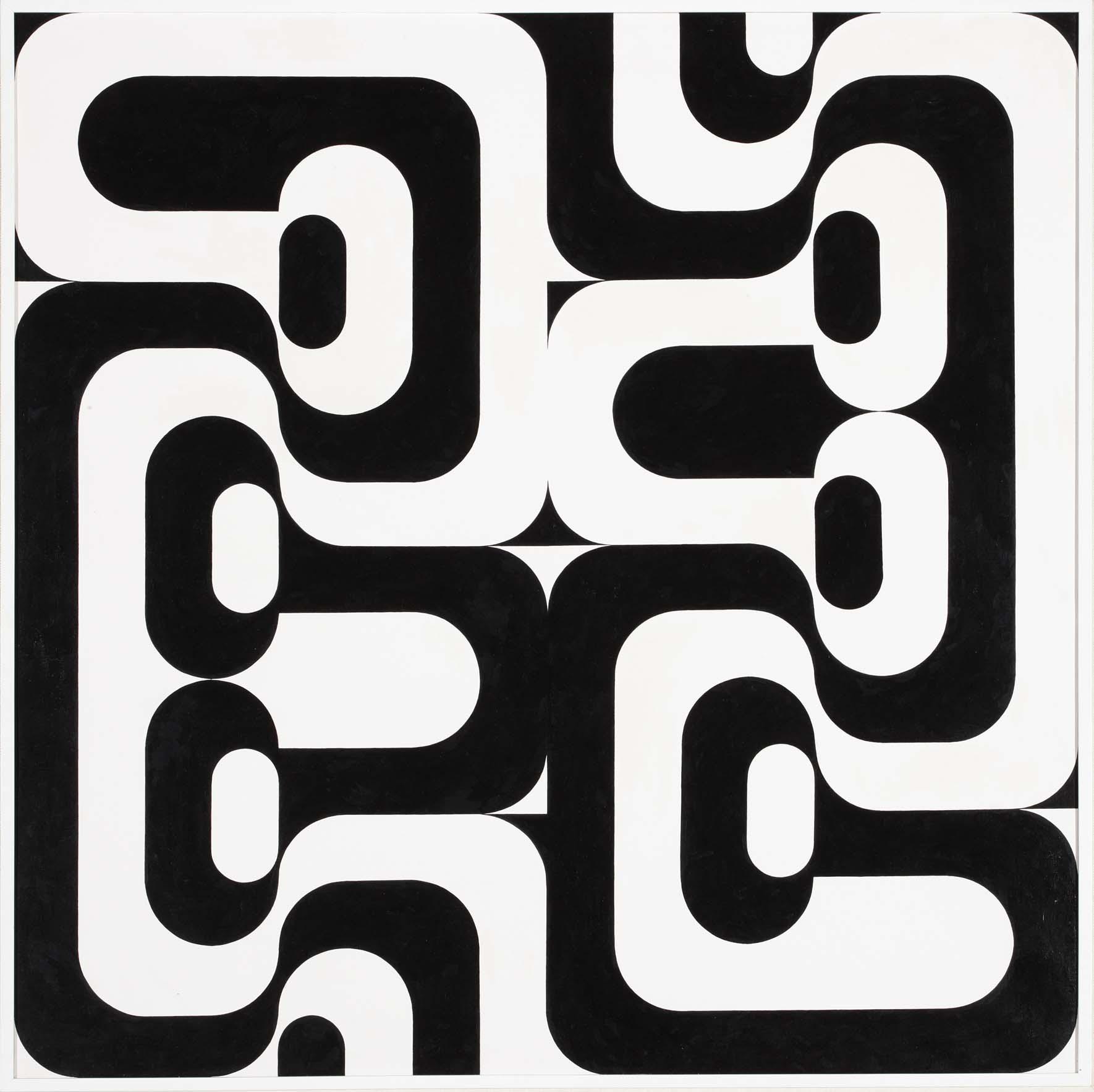
Barbadillo, M. (1975). My Way To Cybernetics. Atari Archives. [EN]
Castaños Alés, E. (2000). Los orígenes del arte cibernético en España. PhD thesis. Málaga: Universidad de Málaga. [ES]
